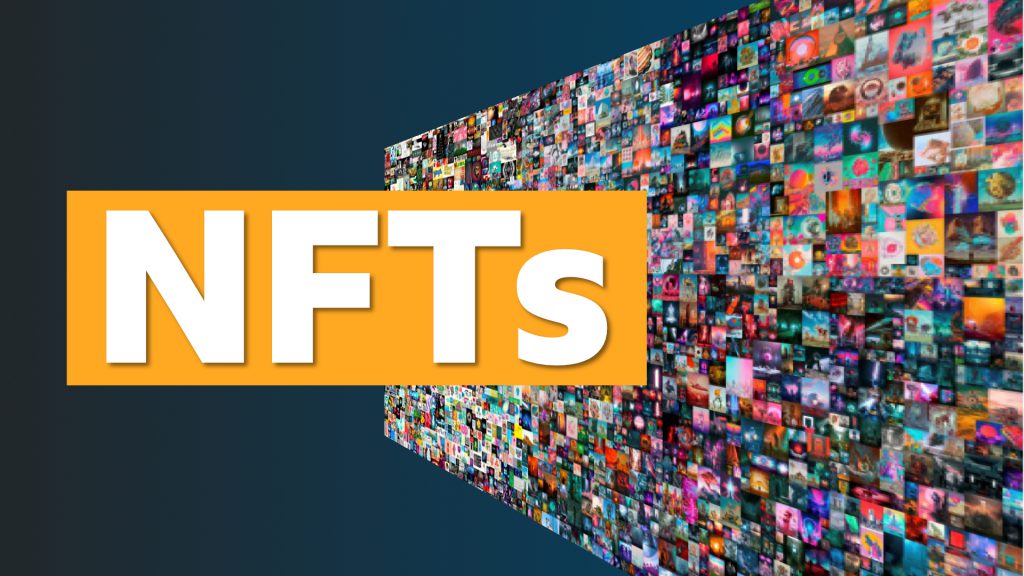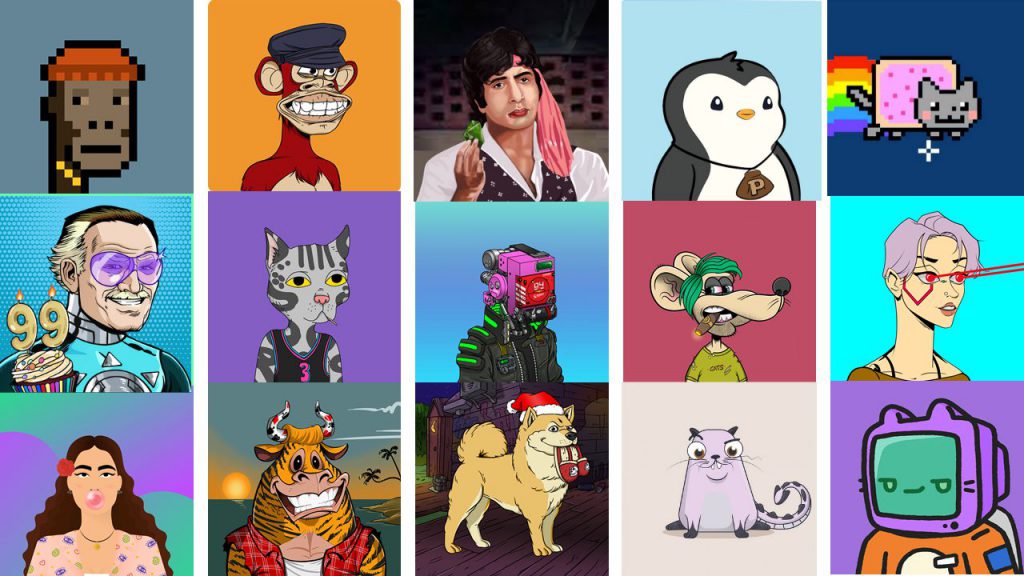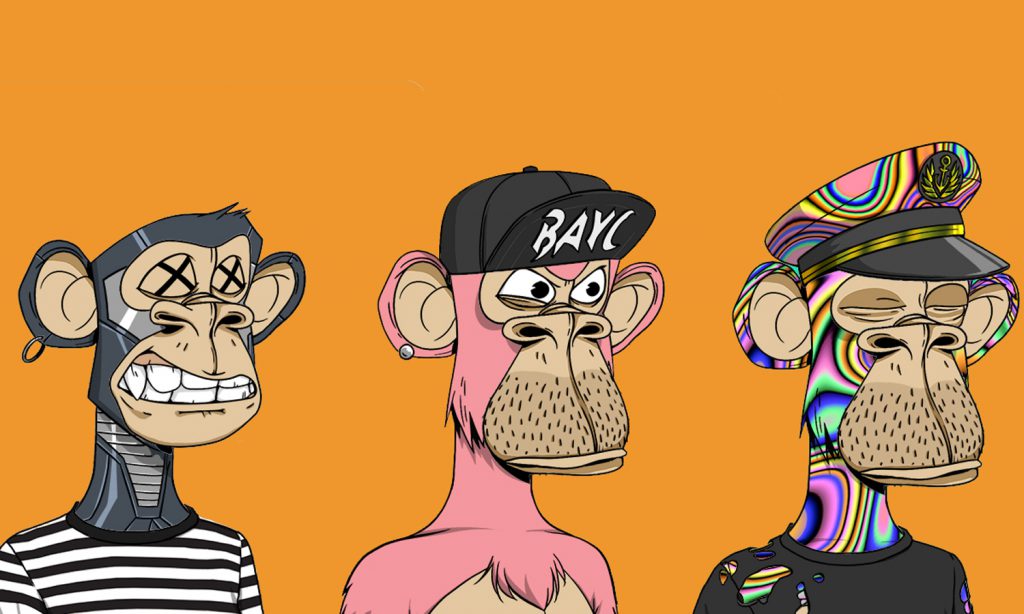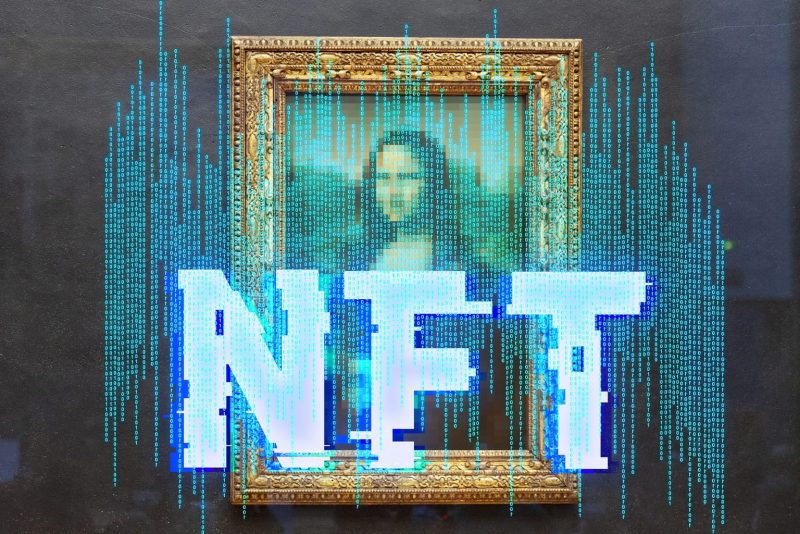What is an NFT, and how does it work?
Imagine owning a one-of-a-kind piece of digital art or a rare collectible that no one else has. This is where non-fungible tokens (NFTs) come into play.
An NFT is a digital asset that represents ownership of a unique item, like a digital artwork or a collectible card.
Unlike cryptocurrencies such as Bitcoin or Ethereum, NFTs cannot be exchanged one-to-one, making them non-fungible.
The value of each NFT differs based on rarity, demand, and the creator’s reputation. NFTs use blockchain technology, ensuring the assets’ provenance and ownership.
By purchasing an NFT, you receive a certificate of authenticity that proves ownership, though the digital file can be replicated.
This certificate is stored on the blockchain, making it nearly impossible to forge or tamper with.
Additionally, NFTs enable creators to receive royalties every time their work is resold, ensuring that they continue to benefit from the value of their creations.
The concept of NFTs has opened up a new world of possibilities for digital artists and collectors, who can now monetize their work in ways never imagined before.
From virtual real estate and digital fashion to virtual reality experiences and sports memorabilia, the sky’s the limit for what can be tokenized and sold as an NFT.


The process of creating an NFT: A step-by-step guide
Now that you better understand what an NFT is, let’s explore the step-by-step process of creating one.
Whether you’re an artist looking to tokenize your digital artwork or a collector seeking to create a unique series of NFTs, this guide will help you successfully navigate the world of NFT creation.
- Choose your platform: The first step in creating an NFT is to choose the platform where you’d like to mint and sell your NFT. Some popular NFT marketplaces include OpenSea, Rarible, and Foundation. Each platform has its own set of features, fees, and requirements, so be sure to research and compare them to find the best fit for your needs.
- Connect your wallet: To interact with NFT platforms, you’ll need a digital wallet that supports the blockchain network used by the marketplace. Most NFTs are created on the Ethereum network, so an Ethereum-compatible wallet like MetaMask or Trust Wallet is essential. Connect your wallet to the platform and ensure you have enough cryptocurrency (usually Ether) to cover the costs of creating your NFT.
- Prepare your digital asset: Before creating an NFT, you’ll need a digital file to tokenize. This can be an image, video, audio file, or even a 3D model. Ensure the file is of high quality and properly formatted according to the platform’s requirements.
- Mint your NFT: Once your digital asset is ready, you can proceed to mint your NFT. This process involves uploading your file to the platform, adding a title, description, and any additional metadata, and setting a price or auction terms for your NFT. Once you’ve completed these steps, the platform will create a unique smart contract on the blockchain that represents your NFT.
- Promote and sell your NFT. With your NFT minted, it’s time to promote and sell it. Share your NFT on social media, engage with potential buyers, and participate in the community to increase visibility and interest in your creation. Remember that the NFT market can be volatile, so be prepared for fluctuations in demand and pricing.
Understanding the costs involved in NFT creation


How much does it cost to make an NFT?
Creating an NFT can involve various costs, depending on your chosen platform and the blockchain network used. Most NFTs are minted on the Ethereum network, which means you’ll need to pay gas fees in Ether (ETH) to cover the cost of creating and listing your NFT. Gas fees can be highly variable, ranging from a few dollars to over a hundred dollars or more, depending on factors like network congestion and the complexity of the smart contract.
Some platforms may also charge additional fees, such as a commission on sales or a flat fee for minting an NFT. Be sure to research the fees associated with your chosen platform to clearly understand the costs involved in creating your NFT.
Is it free to create an NFT?
While some platforms may offer promotions or incentives that allow you to create an NFT for free, it’s important to note that most NFT creation processes involve some costs. These costs typically include gas fees for minting the NFT on the blockchain and any platform-specific fees or commissions on sales. However, some platforms like Mintable and OpenSea offer a “gasless” minting option, which allows you to create an NFT without paying gas fees upfront. Instead, the gas fee is charged to the buyer when they purchase the NFT.
How much does it cost to create a 10,000 NFT collection?
To create a collection of 10,000 unique NFTs, you need to consider the costs. This will depend on the platform, fees, and additional services.
Minting 10,000 NFTs involves multiplying the average cost of minting a single NFT by 10,000 to estimate costs.
However, the actual costs can vary. You can explore alternatives like “lazy minting” or “gasless minting” to reduce upfront costs.


Can a beginner create an NFT? Essential skills and tools
If you’re new to the world of NFTs, you might be wondering if a beginner can create an NFT.
The answer is a resounding yes!
With the right tools and resources, anyone can learn to create and sell their own NFTs. Here are some essential skills and tools to help you get started:
- Digital art or design skills: No, you don’t have to be a professional artist or designer. Having some basic digital art or design skills can be a significant advantage when creating visually appealing and valuable NFTs.
- Familiarity with blockchain and cryptocurrencies: Understanding the basics of blockchain technology and cryptocurrencies is crucial when creating and selling NFTs. Familiarize yourself with concepts like digital wallets, smart contracts, and gas fees to ensure a smooth NFT creation process.
- Knowledge of NFT platforms: Research the various NFT marketplaces and platforms available to find the best fit for your needs. Each platform has its own features. plus fees and requirements, so it’s essential to understand how each one works before diving in.
- Digital wallet and cryptocurrency: You’ll need a digital wallet that supports the blockchain network used by the NFT marketplace. Additionally, you’ll need enough cryptocurrency (usually Ether) to cover the costs of creating and listing your NFT.
- Marketing and promotion skills: Creating an NFT is just the first step; you’ll also need to promote and sell it. Develop marketing skills by creating engaging content and building a community to increase NFT value.
If you’re new to any of these skills or tools, don’t worry! Plenty of online resources and communities are available to help you get started. There’s no shortage of information and support available to those looking to enter the world of NFTs. You have options, from YouTube tutorials and online courses to Discord channels and Twitter communities.
Conclusion: Embracing the world of NFTs as an artist or collector
In conclusion, NFTs represent a new digital ownership and value exchange era that’s transforming the art world and beyond. Sure, creating an NFT can involve various costs and complexities. But it’s a rewarding and exciting process. It can help artists and collectors monetize their digital creations in new and innovative ways.
Anyone can create and sell their own unique NFTs, especially if they follow this guide.
Whether you’re a seasoned artist or a beginner, NFTs offer many opportunities for self-expression, creativity, and financial gain.
So what are you waiting for? Start exploring the world of NFTs today and see where it takes you!





